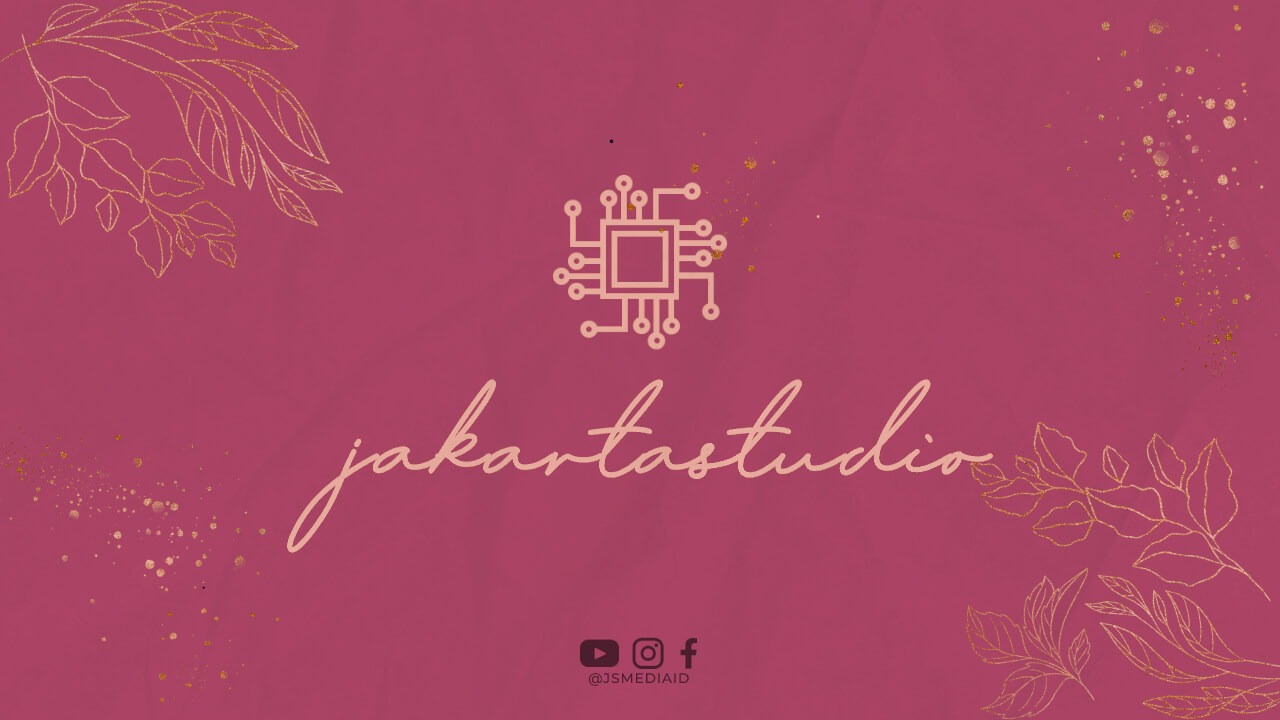Have you ever wondered how banks create money? It’s a fascinating process that plays a crucial role in our economy. In this article, we will explore the different ways banks create money and the mechanisms behind it.
The Fractional Reserve Banking System
One of the most common ways banks create money is through the fractional reserve banking system. This system allows banks to hold only a fraction of their customers’ deposits as reserves and lend out the rest.
Let’s say you deposit $1,000 in your bank account. The bank is required to keep a certain percentage, let’s say 10%, as reserves. This means that they can only lend out $900 of your deposit. However, when they lend out that $900, it doesn’t mean your initial deposit disappears. The borrower who receives the loan will likely deposit the money in another bank, increasing their reserves and allowing them to lend out even more money.
This process continues, creating a multiplier effect that expands the money supply. The initial deposit of $1,000 can eventually result in several thousand dollars being created by the banking system.
Creation of Money Through Loans
Another way banks create money is through the act of granting loans. When a bank approves a loan, they are essentially creating new money. Let’s say you apply for a mortgage of $200,000 to buy a house. If the bank approves your loan, they will credit your account with $200,000, effectively creating that money out of thin air.
However, it’s important to note that this newly created money is not physical cash. It exists as electronic balances in bank accounts. When you make payments to the seller of the house, those electronic balances will be transferred from your account to the seller’s account, but no physical cash is involved in this process.
Money Creation Through Central Banks
In addition to commercial banks, central banks also play a role in creating money. Central banks have the authority to print physical cash and make it available to commercial banks. This process is known as open market operations.
When a central bank wants to increase the money supply, it can purchase government bonds or other financial assets from commercial banks. In return, the central bank credits the accounts of the commercial banks with the newly created money. This injection of money into the banking system allows commercial banks to lend out more money to businesses and individuals.
Conclusion
In summary, banks create money through the fractional reserve banking system, the granting of loans, and the actions of central banks. The fractional reserve system allows banks to lend out a portion of customers’ deposits, creating a multiplier effect that expands the money supply. When banks approve loans, they create new money in the form of electronic balances. Central banks can also create money by purchasing financial assets and injecting funds into the banking system.
Understanding how banks create money is crucial in comprehending the dynamics of our economy. It’s a complex process that involves various stakeholders and mechanisms, but it plays a vital role in keeping our financial system running smoothly.

